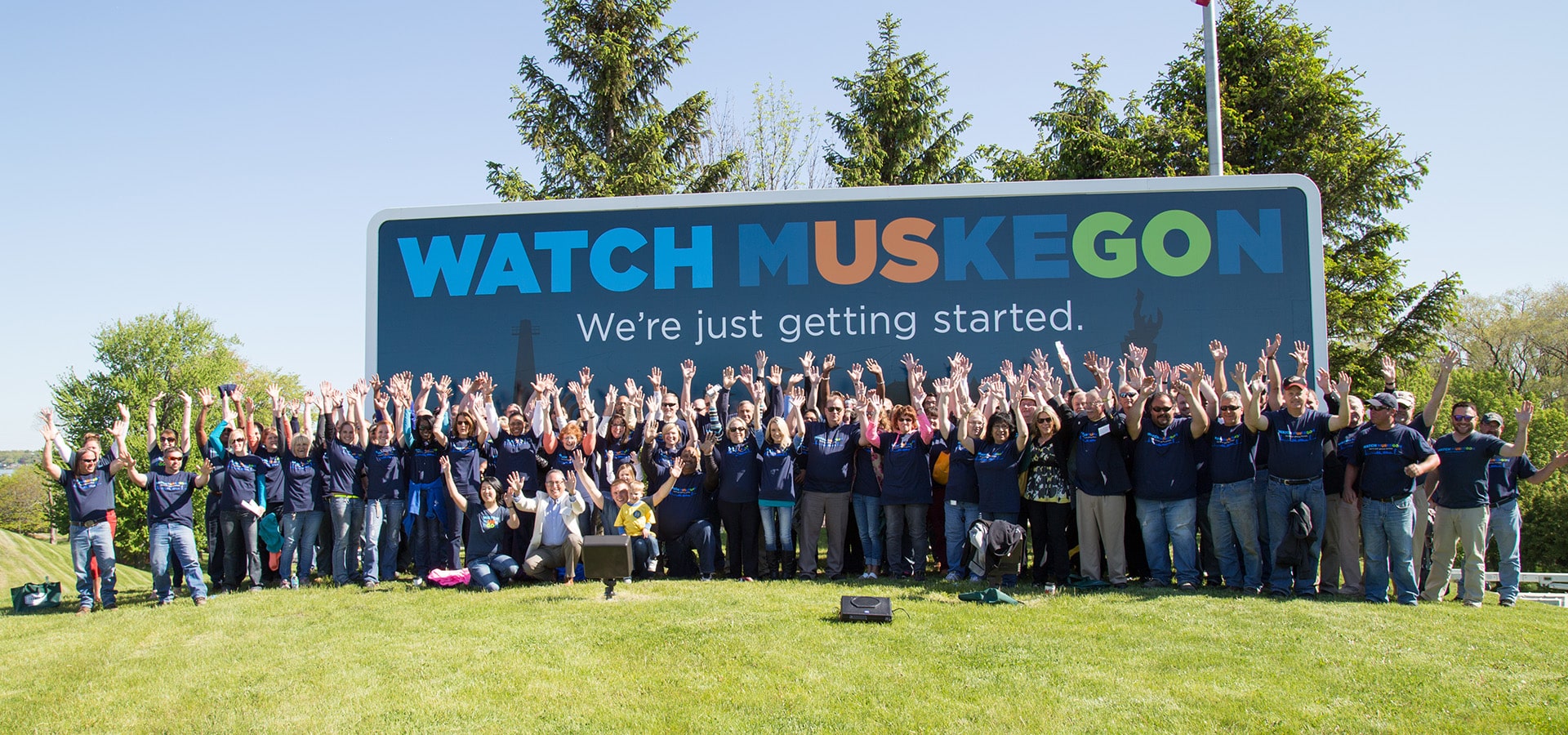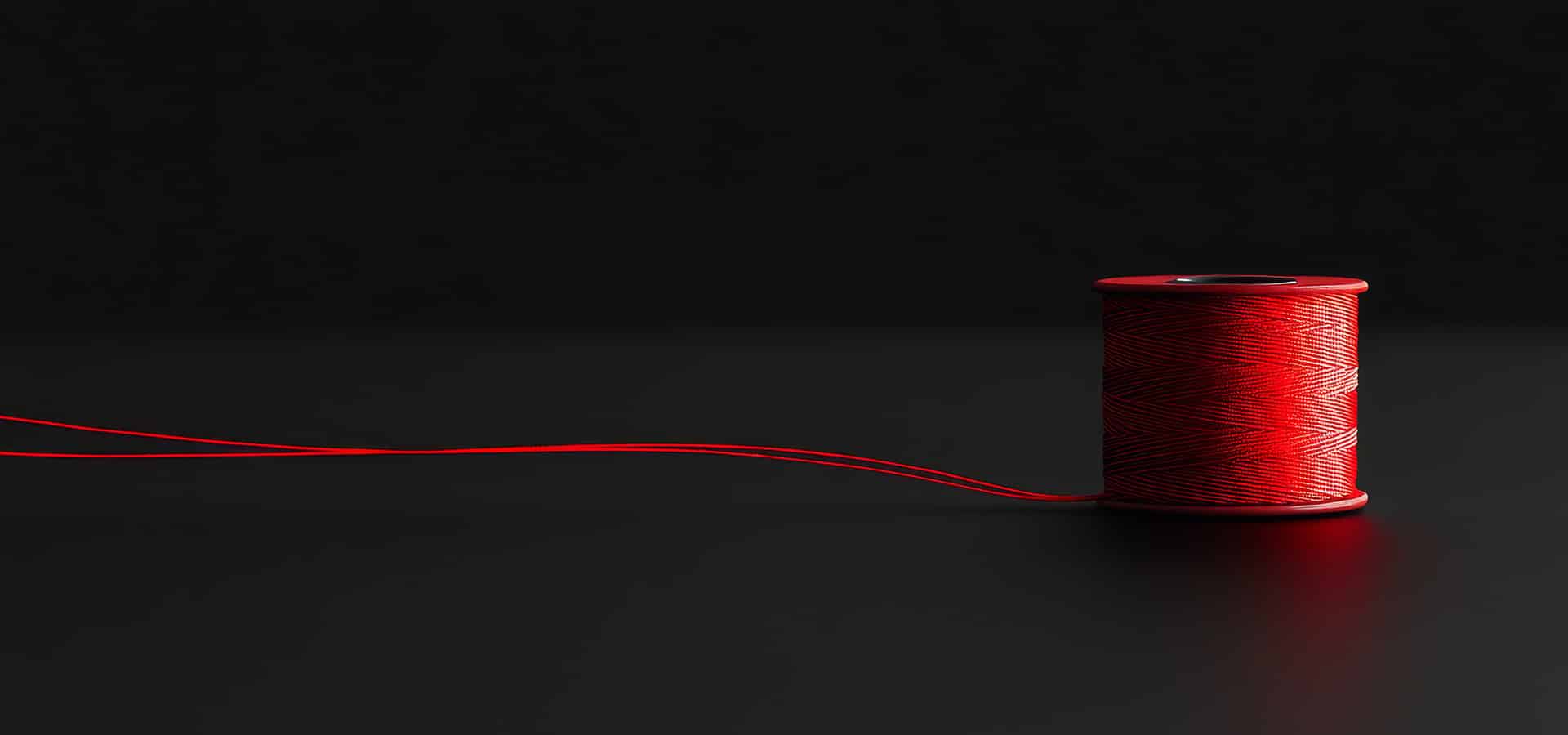Over the years, companies have come up with dozens upon dozens of creative marketing campaigns. Some were absolutely brilliant, while others were a downright fail. Today, a pretty message simply won’t drive the same marketing traffic that it used to. It’s all about consumers. What’s in it for them?
So, here are 5 of the most memorable marketing campaigns and what we can learn from their genius tactics.
Nike says “Just Do It.”
Since 1988, the tagline “Just Do It” has been used over and over by athletes, celebrities … Shia LaBeouf. How could we forget his “Motivational Speech”?
Thanks to Nike, their campaign is about much more than getting a pep talk from Shia through a computer screen. It’s about taking a leap of faith to accomplish something you wouldn’t have otherwise.
Back in 1988, Nike’s sales were at 800 million. A decade later with “Just Do It,” sales hit 9.2 billion. The campaign was short and sweet, yet it encompassed everything people felt when they were getting their dose of exercise—and people still feel this way. Don’t want to run 6 miles? Just Do It. Don’t want to lift that 100 lb weight? Just Do It. Want to eat the entire tub of Ben & Jerry’s? Just Do It. Okay, maybe “Just Don’t” do the last one, but you get the idea.
It’s a goal we all can relate to—the drive to push ourselves beyond our limits.
Takeaway: Nike tackled the problem head-on, dug up a solution, and hit the ground running. Nailing the core issue through their messaging helped them connect with consumers on a level that’s hard to ignore.
Dove’s Real Beauty
“Imagine a world where beauty is a source of confidence, not anxiety.”
That’s the tagline for Dove’s “Real Beauty” campaign, which first launched in 2004. Their campaign was created to provoke discussion and encourage debate. The brand was grounded in understanding the need to change society’s standard of beauty.
In 2004, the campaign first featured average women whose appearances are outside the stereotypical norms of society. The ads asked viewers to judge women’s looks using phrases like “oversized or outstanding,” “wrinkled or wonderful,” and “grey or gorgeous.”
The company continued to widen the narrow definition of beauty through three different phases:
- Phase 1: Using average, curvy women (not actors) to film their commercials.
- Phase 2: Producing the short film “Evolution” to depict the transformation of women into models and promote awareness of how unrealistic expectations are.
- Phase 3: Developing ads on “Beauty Comes With Age” to alter society’s views on women’s appearances after the age of 50.
Dove continues to inspire millions of women around the world through bold campaign efforts and endless studies. In 2011, Dove released the findings of its largest global study to date on women’s relationship with beauty, The Real Truth About Beauty: Revisited.
Takeaway: Dove uses various case studies to deconstruct the norm in today’s society, with messaging that resonates with almost all women.
Got Milk?
How can such a boring product harvest such a classic advertising campaign? The “Got Milk?” saying has been used countless times involving print ads, commercials, and various celebrities with milk ‘staches … like Taylor Swift, for example. Oh, that hair.
The tagline was created for the California Milk Processor Board in 1993 and was later licensed for use by milk processors and dairy farmers. The idea came about during a focus group when a woman added that the only time she ever thinks about milk is when she’s out of it. The mediator scribbled on the whiteboard “Got Milk?”—and the rest is history.
The campaign drove California’s milk sales by 7% in just one year. The impact ran across state borders. To this day, you can’t escape the millions of “Got [fill in the blank]?” parodies.
However, the success came through ads focusing on consumers who drank milk and leaving out those who didn’t. It’s not always about bringing in new consumers or trying to cater to every market. Sometimes, it’s about getting your current audience to appreciate and use your product more often.
Takeaway: Turn your audience into advocates and use marketing to tell them why they should continue to enjoy the product or service you are already providing them.
Old Spice, “The Man Your Man Could Smell Like.”
When Wieden + Kennedy conducted market research on bathroom products in 2010 and found that it’s best to target women when selling men’s products because women tend to make the purchasing choices for bathroom supplies, Old Spice created “The Man Your Man Could Smell Like.”
The campaign put handsome NFL athlete-turned-actor Isaiah Mustafa into strange, over-the-top situations. It became an instant success overnight with video views reaching over 51 million.
Mustafa quickly became known as the “Old Spice Guy,” which led to an interactive video campaign between fans. In about two days, the company had churned out 186 personalized, scripted, and funny video responses featuring Mustafa responding to fans online.
Although any company could have unearthed this type of market research, the execution was so fun and simple—equating body soaps and deodorants to a suave, football player—that Old Spice quickly had a viral hit on their hands … and a 107% increase in sales.
Takeaway: Take advantage of leveraging market research and engaging directly with consumers. 86% of people will pay more for a better experience.
Did you “Share a Coke”?
Coca-Cola never seems to disappoint when it comes to their visual marketing campaigns. We all remember the polar bear commercials at Christmas. Well, their latest campaign may be the most creative yet.
After a steady decline in sales in the soda industry, Coke came up with the idea to replace their iconic logo with 250 of the country’s most popular names. They wanted to give their consumers the opportunity to feel a closer connection to the brand. And what’s more personal than having your name plastered on a bottle?
With the success of “Share a Coke,” the company decided to launch a similar campaign at the beginning of 2016 called “Share a Coke and a Song.” They used more than 70 lyrics of songs they knew would capture a moment and reflect Coke’s brand values of optimism, refreshment, and inclusion.
A few lyrics featured included, “All I Do Is Win,” “You Belong With Me,” “We Never Go Out Of Style,” and “Sweet Land of Liberty.”
The campaign also featured a new social sharing opportunity that was all about the music. Fans used the Shazam mobile app to scan the lyric on specially marked “Share a Coke” 20-oz. bottles and signage, then recorded a digital lip-sync video to share on social media with the hashtag #ShareaCoke. If that isn’t engaging, I don’t know what is.
Takeaway: Coke’s consumer engagement strategies allow for a more personalized brand experience.
So, why these specific marketing campaigns? For one, they made a substantial impact on the growth of their brand. Second, they somehow managed to hit on some worldwide truth that allows us to remember them year after year.










